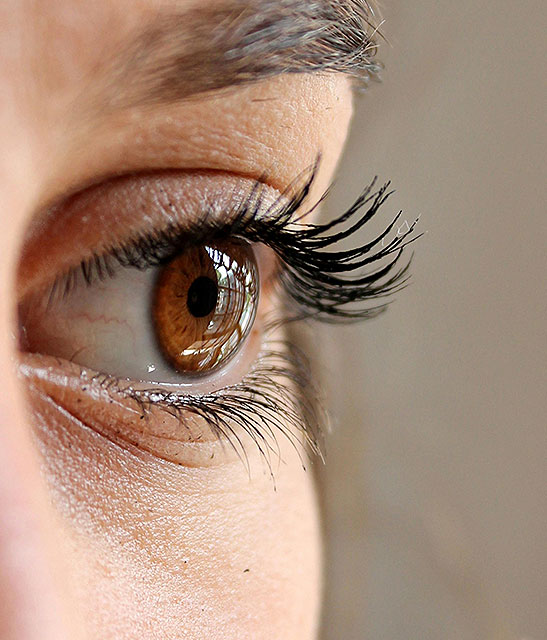
INFANT LACRIMAL DUCT OBSTRUCTION
Congenital lasolacrimal duct obstruction (NLDO) is very common in infants, and approximately 95% of infant tear duct obstructions resolve on their own, before the child’s first birthday. Antibiotics and massaging the blocked tear duct can help the duct to open; however, if these measures fail to improve the situation, surgical probing of the tear ducts by 12 months of age is generally recommended.
When performing surgical probing of the tear ducts on an infant, Dr. Steinsapir has found that brief general anesthesia minimizes any traumatization and permits optimal probing with a higher likelihood of success. Although surgical probing successfully opens the blocked duct for most babies, should tearing persist, the placement of tubes and additional procedures may be needed.

ADULT TEAR DUCT OBSTRUCTION
In adults, probing of a blocked tear duct is unlikely to improve the tearing. During the initial consultation with an adult patient, Dr. Steinsapir will perform a diagnostic irrigation of the tear duct system to attain a clearer picture of the anatomic blockage, so that he can make a more accurate recommendation as to the appropriate treatment course. For many adults with excessive tearing, a dacryocystorhinostomy (DCR) is the optimal corrective surgery. During this procedure, Dr. Steinsapir will create an opening in the bone between the blocked tear sac and the nose. He will then attach the lining of the tear sac to the lining of the nose to form a permanent drainage channel for the patient’s tears.
In most cases, a clear plastic tube will be placed temporarily to help stent the tear drainage system and prevent scarring (this tube will be removed 6 months later). DCR surgery can be performed on an outpatient basis under IV sedation, and sutures are removed at 1 week. It is common to take 7 to 14 days off from work. This will vary depending on the nature of your work. There is a small scar along the side of the nose but often this heals very well over the course of a few weeks to months. A personal consultation with Dr. Steinsapir will determine if the DCR procedure is the optimal approach to address your malfunctioning tear duct(s).

